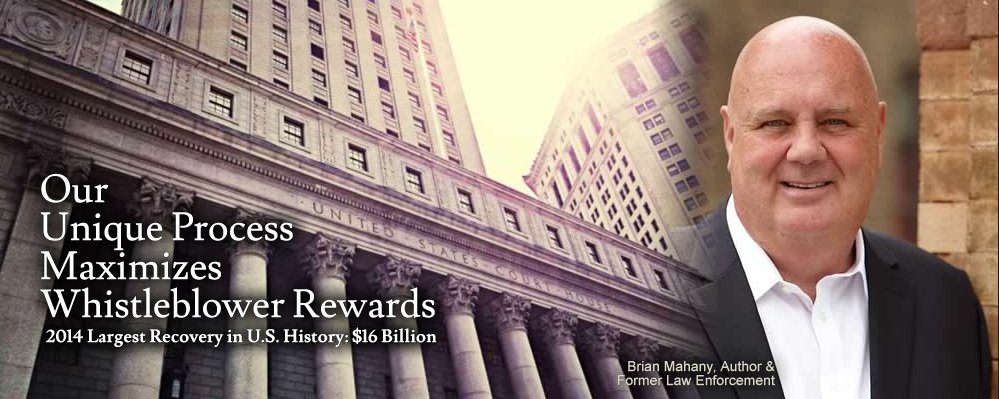by Brian Mahany
As much as we try to stay on top of every major fraud story, there are simply too many of them. Kudos to InvestmentNews Daily for their reporting today on John Langford. According to published reports, the victims of the convicted swindler will only receive back 2.8 cents for each dollar of loss. Prosecutors say that he took nearly $7 million from mostly elderly victims.
Langford is currently serving 15 years in a Texas state prison after being sentenced last year on 15 counts of securities fraud. Although ordered to pay restitution, at 77 years old, he will likely die in prison. Even if he survives to his release, the probability of him making restitution payments is near zero.
A bankruptcy trustee was appointed in 2009 to gather Langford’s assets so that his victims could be repaid. On Tuesday, the trustee reported that the victims will receive just a couple pennies on the dollar. One victim, a woman approximately 90 years old, will receive just $35,000 out of a million dollar claim. Ironically, Texas has some of he most pro-debtor laws in the nation. That meant the trustee could not seize Langford’s home and sell it for the benefit of his victims.
The trustee claims that in typical Ponzi scheme fashion, most of the victims’ money went to pay previous investors. That means the people who cashed out early got paid while the newcomers got nothing. We question why the trustee didn’t bring clawback actions to more equitably distribute the assets.
Depending on whether a person successfully cashed out prior to the scheme’s collapse, some investors love clawbacks while others feel they are unfair. The practice itself is quite controversial but has been upheld by many courts.
A clawback occurs when the trustee or receiver attempts to force prior investors to disgorge any profits they may have received. That’s a wonderful idea but only if you were the last investor in the deal before it collapsed.
We are often critical of bloated fees charged by receivers or trustees. Of course, they get paid before anyone else. In this case, the court appointed trustee submitted an invoice of just $25,000 (although it is unclear if this is his total invoice or just a final payment).
The lesson here is that unfortunately, sometimes victims get nothing. The old adage about extracting blood out of a stone is quite true. When monies are used to pay other investors, gambled away or spent on drugs, there is often little left for victims. The same is true of fraudsters who spend the money on extravagant travel. It’s hard enough to repatriate money hidden offshore but money that is simply spent is often impossible to recover.
In this case, a little bit of due diligence would have revealed that Langford was not even appropriately licensed to sell annuities and investments. Of course, that is little solace to his victims.
About the only relief available may be to seek a fraud loss with the IRS. Unlike ordinary losses, the IRS offers special benefits to those with bona fide fraud losses. Often taxpayers can amend back old returns and get a refund of taxes previously paid to the government. Elderly victims are often in lower tax brackets and may not enjoy the same rewards.
If you are the victim of an investment fraud or other scam, give us a call. We never charge for an evaluation or consultation to see if we can help recover your hard earned money. Many times we accept cases on a contingent fee basis.
For more information contact attorney Brian Mahany at (direct) or by email at . All inquiries are confidential.
Mahany & Ertl – Giving Fraud Victims A Voice. Offices in Milwaukee, Wisconsin; Detroit, Michigan; Portland, Maine & Minneapolis, Minnesota. Services available in many locations.

